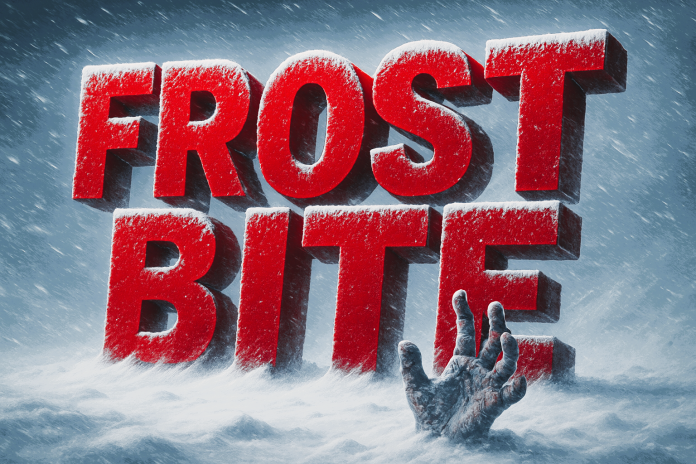Boise, ID – Idaho may experience a significant push of winter cold entering Thanksgiving week, raising concerns about frostbite and hypothermia, according to updated projections from the National Oceanic and Atmospheric Administration (NOAA). The Nov. 19 climate outlook signals a major pattern shift beginning November 25, with below-normal temperatures increasingly likely across the Pacific Northwest and Intermountain West through early December.
According to NOAA, several atmospheric drivers are contributing to the sharp cooldown, including ongoing La Niña conditions, the Madden–Julian Oscillation, and the potential for a rare late-November sudden stratospheric warming event. These factors may steer Arctic air southward into the western half of the country, placing Idaho inside a colder-than-normal temperature zone at the peak of Thanksgiving travel.
With hunters in the field, residents preparing for mountain travel, and early ski season activity underway, state health officials warn that frostbite and hypothermia can develop faster than many people expect — particularly in higher elevations where temperatures drop rapidly.
Common frostbite symptoms include:
• Numbness or loss of feeling
• Tingling or prickling sensations
• Cold, hard, waxy-looking skin
• Skin discoloration (red, white, blue, gray, or purple)
• Blisters that may appear after rewarming
Ten key signs of hypothermia:
Shivering, slurred speech, shallow breathing, weak pulse, confusion, memory loss, severe fatigue, stumbling or clumsiness, drowsiness, and — in severe cases — loss of consciousness. Infants may present with bright red, cold skin and unusually low energy.
NOAA urges Idaho residents to layer clothing, protect exposed skin, and limit time outside during the coldest periods of the week. Anyone showing frostbite or hypothermia symptoms should seek immediate medical attention and begin warming affected areas with warm — not hot — water or gentle body heat.





